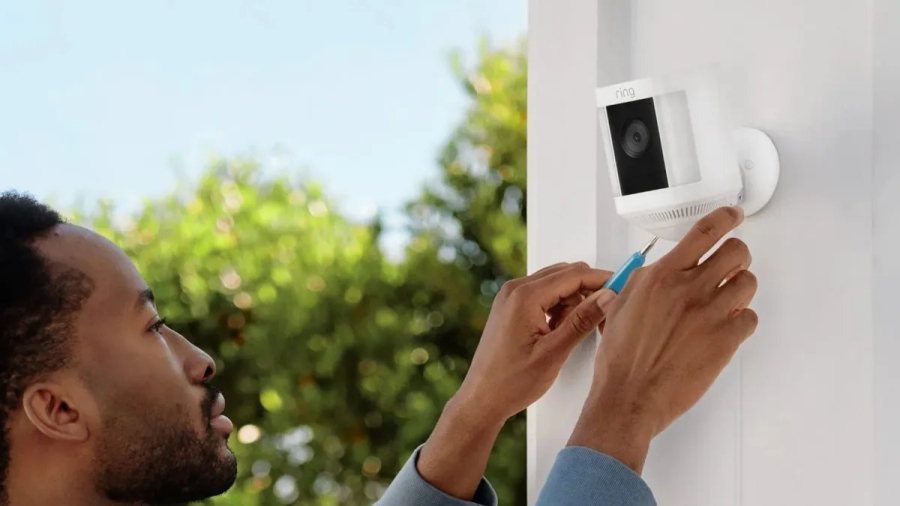If you need to keep an eye on the most important parts of your home, a new home security camera or video doorbell is the perfect solution. You can install a wireless model like the Google Nest Cam just about anywhere — but that doesn’t mean you should. Putting one of these popular devices in the wrong place will cause nothing but trouble, and it’s not always obvious which spots are the worst.
Installing a security cam in a bad location can create false alerts and poor live views. It may not pick up details and, in the worst cases, could lead to lawsuits from angry neighbors. We’ve got your back when it comes to the best wireless cams — now we’re going to show you what not to do when installing them.
Spot 1: Places with the ‘expectation of privacy’
While you need your security camera to protect your home, the last thing you want it to do is infringe on the safety of others. Don’t risk breaking the law (and inviting lawsuits) by placing a cam where people have what the law calls a reasonable expectation of privacy.
In practice, don’t place a security camera in a bathroom, bedroom or similar area with a very strong expectation of privacy. If you have to place a cam in one of these areas (for instance, to monitor your bedroom in a multirental situation), make sure the camera is visible and everyone in the house knows about it.
For outside cameras, cams are allowed to capture public spaces, like the sidewalk or street that run past your home, because there’s a low expectation of privacy in these areas.
Remember, your camera helps provide a sense of security and serves as a tool to keep you and your home safe. Make sure your cameras aren’t located in places that will render them ineffective, or worse, actually undermine someone’s safety.
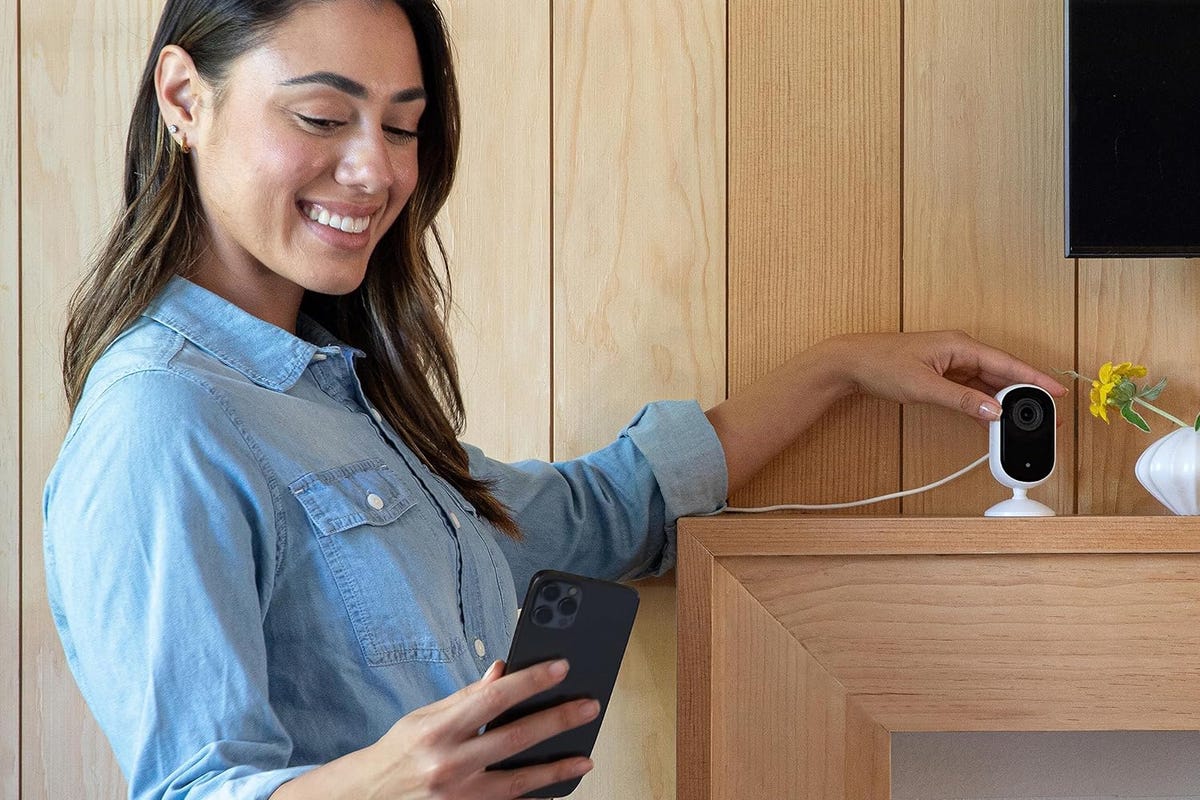
Spot 2: Looking directly at a neighbor’s property
In addition to protecting all the private places on your property, be careful about positioning security cams so that part of their view captures a neighbor’s windows or backyard. Legally, those are spots where your neighbors also have a right to their own privacy, and lawsuits have resulted from much less.
That’s also why you should try to avoid even the appearance of cameras that are pointing toward a neighbor’s lawn or peeking into their windows. Many modern security cams come with the ability to create “privacy zones” that block out certain areas in the camera’s live view or recording. If a neighbor complains, you may be able to show them your privacy zones to prove that no part of their home is being recorded.

Spot 3: Difficult-to-see locations
You might be tempted to point cameras at the spots around your home that are difficult to see. There is an intuitive reason for this: If you can’t see a location from your windows or doors, it feels possible that someone might be lurking there. You might think these hidden areas are a burglar’s preferred place to break and enter.
But the fact is, most burglars enter a home through the most obvious paths. According to data collected by security company ADT, 34% of burglars enter through the front door and 22% use a first-floor window. The clearest access points are the most common routes for break-ins. Pointing a camera at these spaces can deter a break-in and can help identify anyone who attempts to get in.
Placing a security camera in a side alley or the back of your home might seem like it will catch someone sneaking around, but it’s more likely to miss the action. If you really need to watch the hidden spots, look for a bundle that includes several cams to install in multiple locations, like this pack of Arlo Pro 4 spotlight cameras.
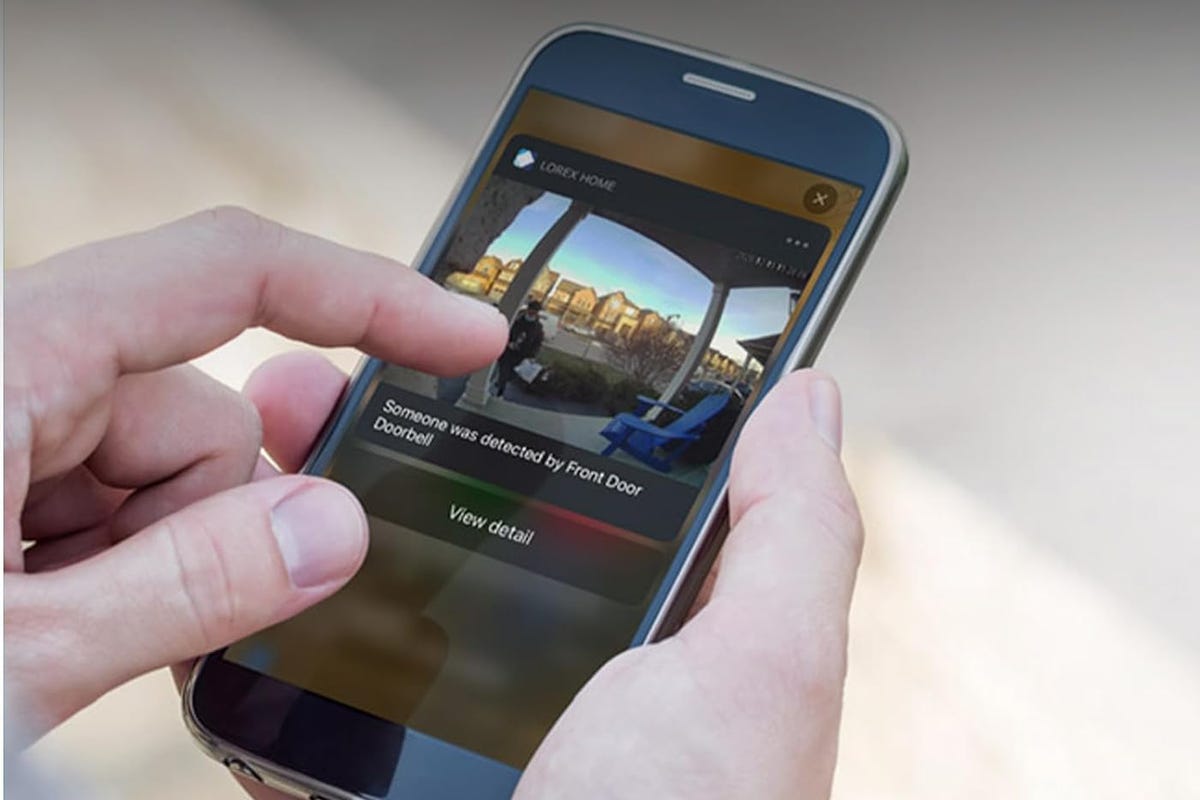
Spot 4: Behind obstructions
This might sound like a no-brainer, but camera obstructions aren’t always so obvious. Outdoors, this might mean allowing space for tree branches to swing in the wind. Be careful of quick-growing plants that will require you to move your camera every year or two, or tree limbs that get a lot heavier when loaded with spring leaves/flowers and will block a view. A quick trimming session may help your installation.
Consider your camera’s range of view inside too. Will your cam see everything you want it to when interior doors are opened and closed? You’ll also want to avoid placing the camera in a spot where a pet might interact with it. If you place it on a shelf, will your cat knock it off? Will an energetic dog barreling through the house send it tumbling or change its angle? The same applies to racing toddlers.
Find a spot that has good views of the space you want to watch and is also unlikely to be bumped by you, a guest or your four-legged friend.
Spot 5: Through a window
We know it’s tempting to pay less for an indoor-only cam and think about putting it by a window so it can get a good look outside. There are two big problems with trying this.
First, windows have a glare problem, even when the cam is pressed close against the glass, so the cam view often doesn’t work when the sun is at a certain angle or when it’s dark outside. Over time, dust on the window causes similar issues.
Second, the angles and area you can view through home windows are very limited. Cams are unlikely to get a good view of key access points or a broad view of a yard or driveway.
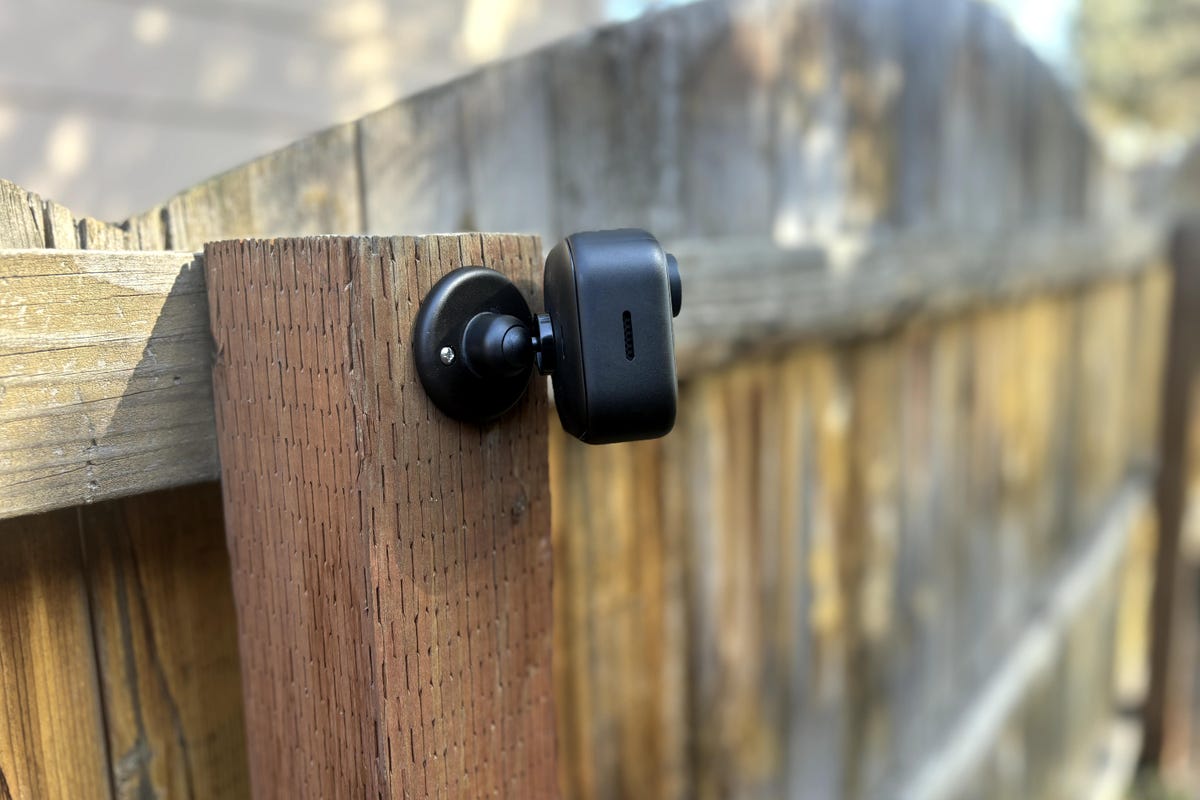
Spot 6: Facing the sky
We don’t mean intentionally angling a cam up so it captures only the great blue beyond — we’re talking about cams with wide fields of view that include a significant portion of sky. This can create problems when the sun passes overhead and blinds the cam with glare or blocks out details with brightness. Also, frequent, direct sunlight creates a higher risk of UV damage and wear over time.
To prevent these problems, work to angle your cam away from the sky and focus on views below the roof/tree/hill line. Also, try to place cams in an area where they’re at least partially protected by shade.
Best Outdoor Home Security Cameras
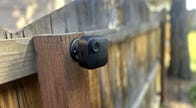
7. Near vents or heaters
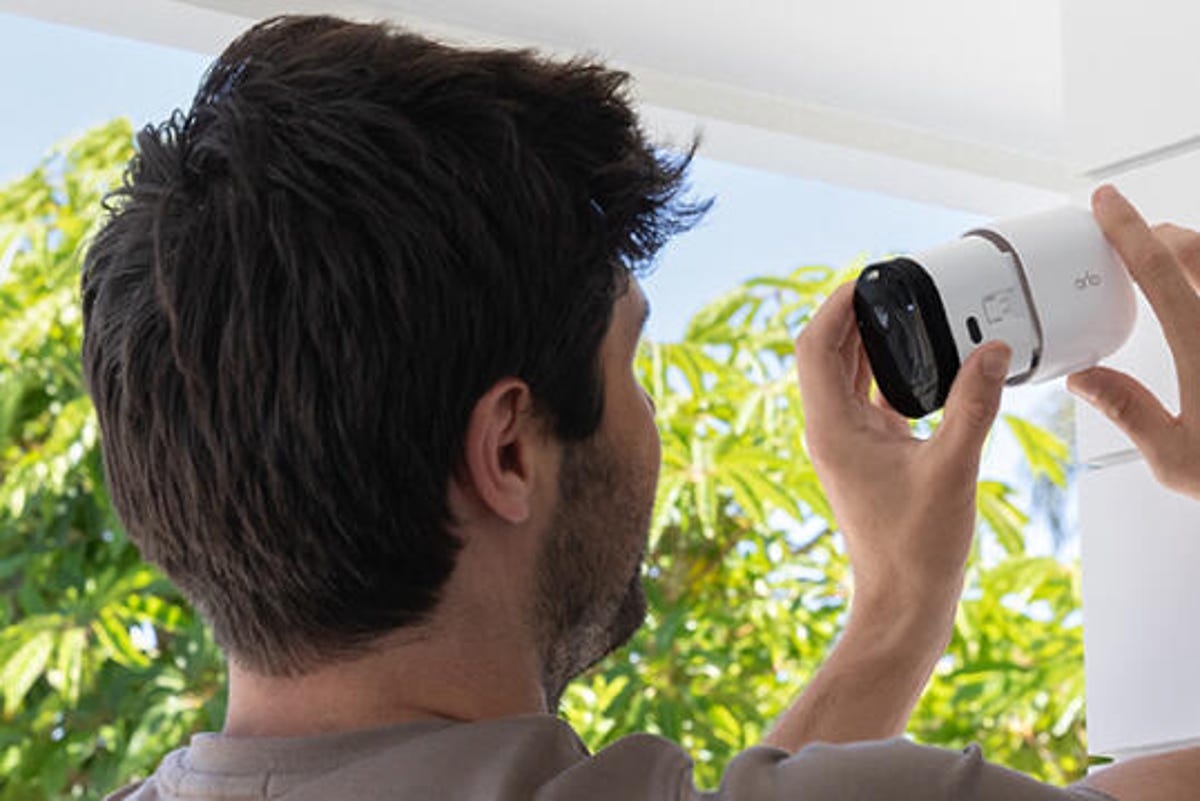
We’ve run into this problem during some of our tests and sample experiments, and we’re here to warn you: Don’t put a camera near or above any kind of exhaust vent or heat source. That includes space heaters, fireplaces, fire pits, exhaust vents from gas heating, dryer exhaust vents and more.
Vents and open heat sources tend to make the cam and its lens dirtier, while the higher temperatures are bad for the battery on wireless models. The result is worse performance and a shorter lifespan for your cam. And if you’re using adhesive connections for your camera, a nearby heat source can ruin the adhesive and lead to a crashed cam (another reason to avoid direct sunlight, too).
Bonus tip: There’s no right or wrong height for most security cameras, although many recommendations exist. A higher vantage point will give a better view of a driveway or large yard, but we find that a broad field of view (greater than 130 degrees at least) works just as well, if not better. A rechargeable cam should usually be placed in a spot that’s easy to reach when the battery needs attention. And video doorbells are typically installed around 4 feet from the bottom of the doorframe.
By Tyler Lacoma
